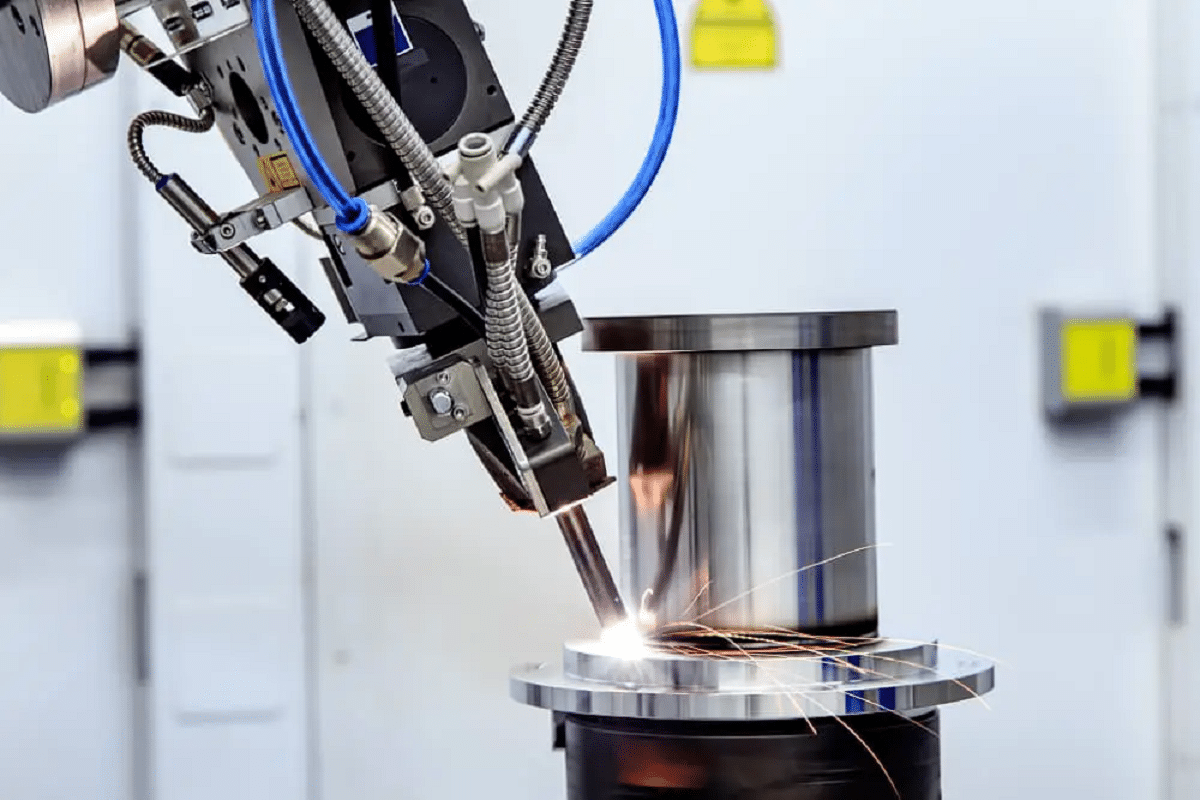Mastering the Art of Welding: How to Stay Clear Of Undercut Welding Issues for Flawless Construction Results
Efficiency and precision are vital on the planet of welding, where also the tiniest imperfection can jeopardize the architectural integrity of a made piece. One usual obstacle that welders face is damaging, an issue that can deteriorate a weld joint and lead to costly rework. By understanding the source of undercut welding and executing effective strategies to stop it, welders can boost their craft to new degrees of quality (Preventing weld undercut). In the pursuit of flawless fabrication results, understanding the art of welding to avoid undercut problems is not simply a skill yet a necessity for those pursuing perfection in their job.
Understanding Undercut Welding

To prevent undercut welding, welders ought to guarantee appropriate welding specifications, such as readjusting the current, voltage, travel speed, and maintaining the right electrode angle. By comprehending the causes of undercut welding and carrying out precautionary actions, welders can achieve top quality, structurally sound welds.
Reasons For Undercut in Welding
Comprehending the factors that contribute to undercut in welding is necessary for welders to produce top quality, structurally audio welds. Insufficient welding current or inaccurate welding speed can also add to damage. Comprehending these causes and implementing appropriate welding techniques can aid avoid damaging problems, making certain durable and strong welds.
Methods to avoid Undercutting

To reduce the risk of damaging in welding, welders can employ calculated welding strategies aimed at enhancing the quality and honesty of the weld joints. Additionally, making use of the correct welding strategy for the particular joint configuration, such as weave or stringer beads, can add to lowering undercutting.
Furthermore, appropriate joint preparation, including making sure tidy base products free of pollutants and utilizing the ideal welding consumables, is important in avoiding undercut flaws. Employing back-step welding techniques and controlling the weld grain account can likewise aid disperse heat equally and reduce the threat of undercut. Normal assessment of the weld joint throughout and after welding, in addition to executing quality guarantee steps, can aid in dealing with and identifying damaging problems promptly. By applying these methods vigilantly, welders can accomplish flawless manufacture results with minimal undercut defects.
Significance of Proper Welding Parameters
Picking and maintaining appropriate welding criteria is crucial for accomplishing successful welds with marginal flaws. Welding specifications describe variables such as voltage, existing, travel rate, electrode angle, and protecting gas flow price that directly impact the welding procedure. These criteria have to be very carefully changed based on the sort of material being welded, its directory thickness, and the welding strategy employed.
Correct welding specifications ensure the correct amount of warmth is put on thaw the base steels and filler product evenly. If the specifications are set expensive, it can cause extreme warmth input, triggering distortion, spatter, or burn-through. On the other hand, if the parameters are as well low, insufficient combination, lack of penetration, or undercutting might take place.
Quality Control in Welding Procedures

Verdict
To conclude, understanding the art of welding needs a complete understanding of undercut welding, its causes, and techniques to avoid it. By guaranteeing proper welding specifications and carrying out quality control practices, flawless fabrication outcomes can be attained. It is essential for welders to continually make every effort for quality in their welding operations to stay clear of undercut issues and create top notch welds.
Undercut welding, an usual flaw in welding procedures, happens when the weld metal does not correctly fill the groove and leaves a groove or clinical depression along the welded joint.To stop undercut welding, welders must ensure appropriate welding criteria, such as changing discover this info here the existing, voltage, travel speed, and maintaining the appropriate electrode angle. Inadequate welding current or wrong welding speed can additionally contribute to undercut.To alleviate the danger of damaging in welding, welders can use calculated welding methods intended at improving the high quality and honesty of the weld joints.In verdict, mastering the art of welding needs a detailed understanding of undercut welding, its reasons, and techniques to avoid it.